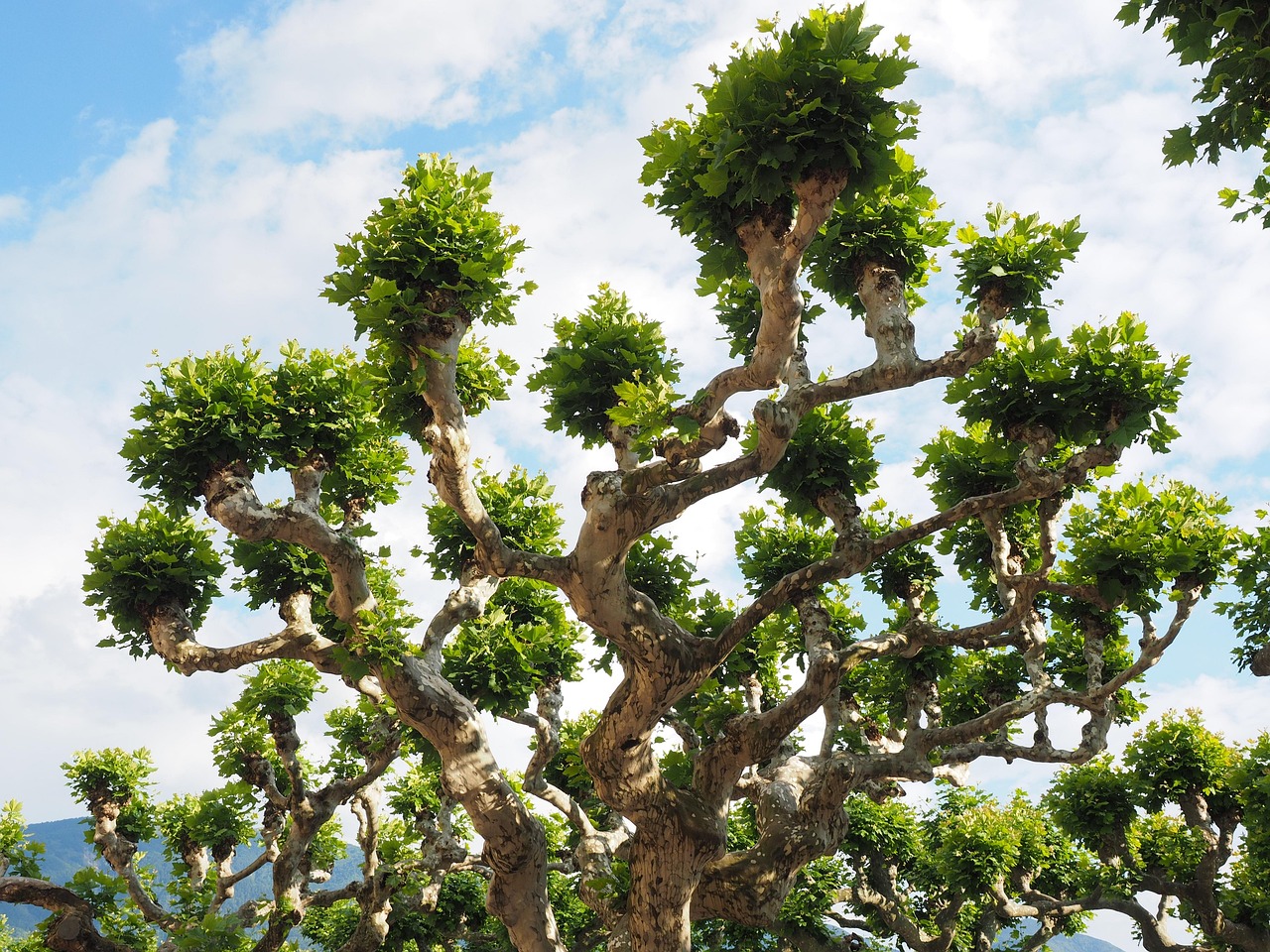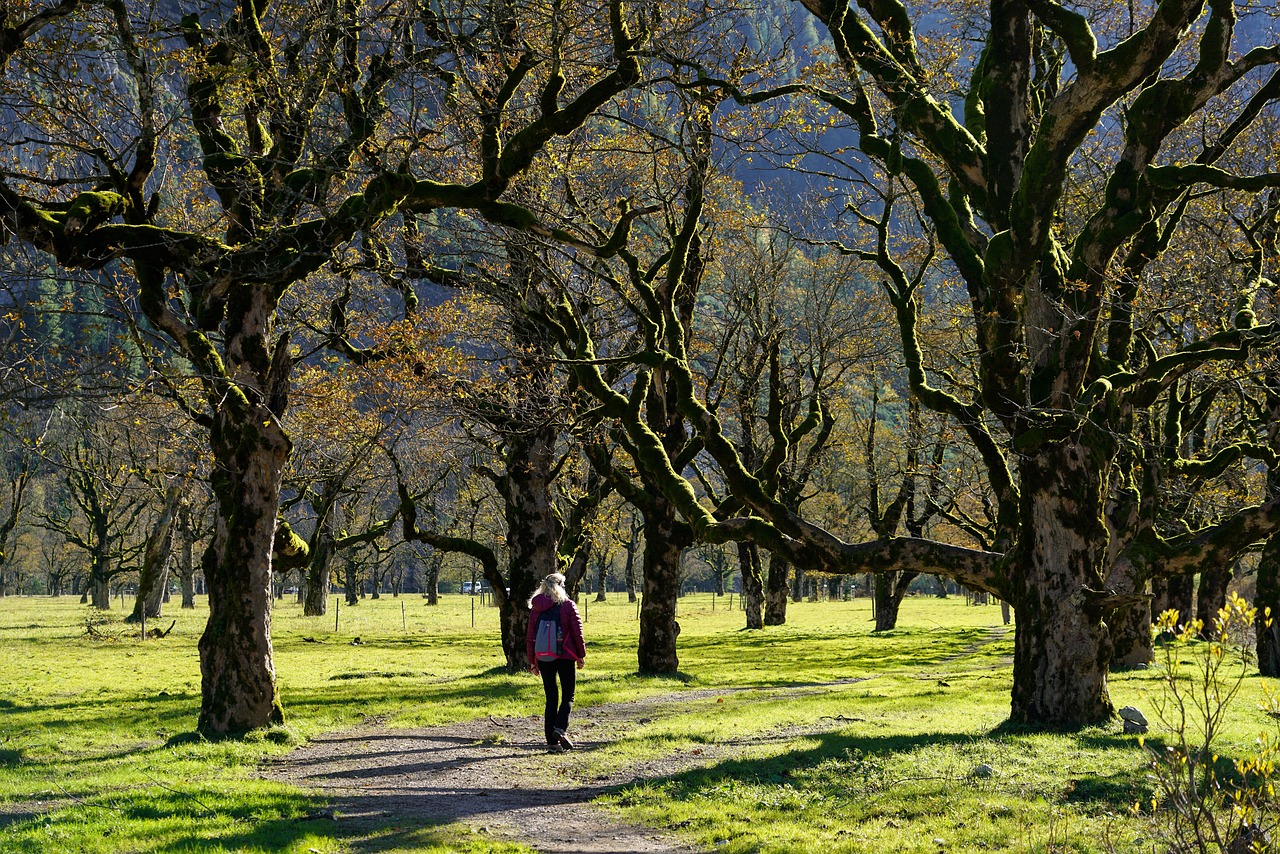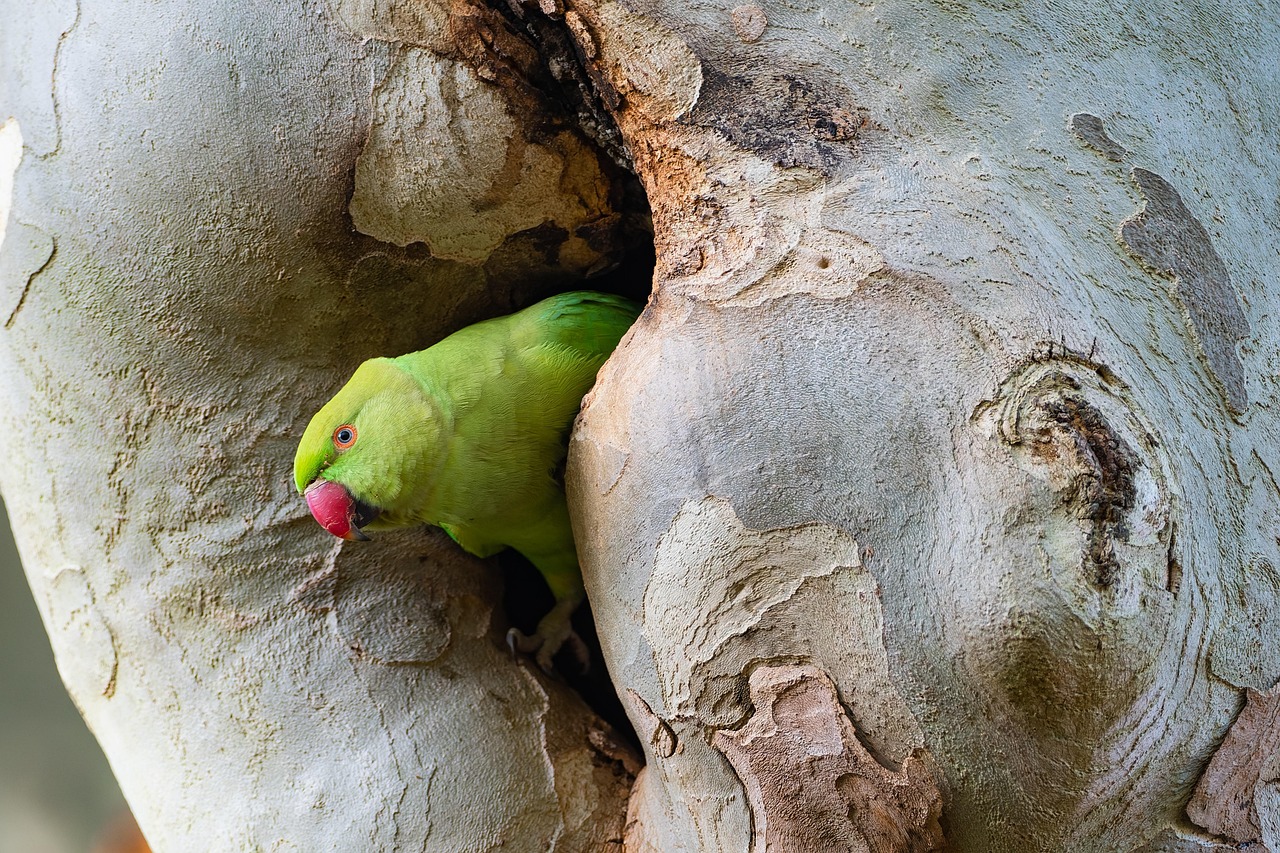Sycamore trees (Acer pseudoplatanus) in the UK typically exhibit a moderate growth rate, reaching heights of 10 to 20 meters over 20 to 30 years. Their rapid growth and adaptability make them suitable for urban planning, as they can thrive in various conditions.
Understanding Sycamore Trees
Sycamore trees are a popular choice in urban environments across the UK. Known for their broad, palmate leaves and distinctive seed pods, these trees can provide significant aesthetic and environmental benefits. They are particularly valued for their ability to tolerate pollution, making them ideal for cities where air quality can be compromised.

The growth rate of a sycamore tree can vary significantly based on several factors, including soil quality, water availability, and local climate conditions. In optimal conditions, sycamore trees can grow over 60 cm (approximately 2 feet) per year during their early years. This rapid growth contributes to their popularity in landscaping and urban forestry.
Growth Rate Factors
The growth rate of sycamore trees can be influenced by a variety of environmental and biological factors. Understanding these factors is crucial for urban planners and landscape architects who aim to integrate these trees into city designs effectively.
- Soil Quality: Sycamores thrive in well-drained, fertile soils. Poor soil can limit their growth.
- Water Availability: Adequate moisture is essential for healthy growth. Drought conditions can slow growth rates significantly.
- Sunlight: These trees prefer full sun but can tolerate partial shade. Insufficient light can hinder their development.
- Climate: Sycamores prefer temperate climates. Extreme weather conditions can affect their growth.
Growth Stages and Characteristics
Understanding the stages of growth is essential for effective urban planning. Sycamores undergo several distinct stages as they mature, each with unique characteristics.

| Growth Stage | Height (meters) | Age (years) |
|---|---|---|
| Seedling | 0.1 – 0.5 | 1 – 3 |
| Young Tree | 1 – 3 | 4 – 10 |
| Mature Tree | 10 – 20 | 10 – 30 |
| Fully Mature Tree | 20+ | 30+ |
In the seedling stage, sycamores are vulnerable and require protection from pests and harsh conditions. As young trees, they show rapid growth, often reaching significant heights within a few years. Once they reach maturity, they can provide shade and habitat for various wildlife, enhancing urban biodiversity.
Benefits of Sycamores in Urban Planning
The integration of sycamore trees into urban landscapes offers numerous benefits. They not only beautify city environments but also improve air quality and provide shade. Their robust structure makes them suitable for street planting, where they can withstand urban stresses.
Additionally, sycamores play a role in stormwater management. Their extensive root systems help absorb rainwater, reducing runoff and mitigating flooding risks in urban areas. By incorporating sycamores into urban planning, cities can create greener, more sustainable environments.

In summary, the sycamore tree’s growth rate and adaptability make it an excellent choice for urban settings in the UK. Its ability to thrive in varied conditions while providing ecological benefits makes it a valuable asset for urban planners looking to enhance city landscapes.
Challenges in Sycamore Tree Growth
While sycamore trees are generally resilient, they face several challenges that can affect their growth and overall health, particularly in urban environments. Understanding these challenges is essential for successful urban planning.
Pests and Diseases
Sycamores can be susceptible to various pests and diseases that may hinder their growth. Some of the most common threats include:

- Sycamore Lace Bug: This insect feeds on the leaves, causing discoloration and early leaf drop.
- Powdery Mildew: A fungal disease that can lead to reduced photosynthesis and overall tree vigor.
- Anthracnose: A fungal infection that causes leaf spots and can weaken branches, making them more susceptible to breakage.
Regular monitoring and appropriate pest management strategies are crucial to maintaining healthy sycamore trees in urban areas. This may involve the use of organic pesticides or introducing beneficial insects to control pests naturally.
Environmental Stressors
Urban environments present unique stressors that can impact sycamore tree growth. Some of these include:
- Soil Compaction: Heavy foot traffic and vehicle movement can compact soil, hindering root growth and water absorption.
- Air Pollution: Pollutants can damage leaves and reduce photosynthesis, weakening the tree over time.
- Limited Space: In crowded urban settings, trees may not have enough room to grow, leading to stunted growth.
Addressing these stressors requires careful planning and implementation of urban landscaping practices that promote healthy tree growth. This includes creating tree pits with loose soil and ensuring adequate spacing between trees.
Best Practices for Planting Sycamores
To maximize the growth potential of sycamore trees in urban environments, certain best practices should be followed during planting and maintenance. These practices help ensure that sycamores thrive despite urban challenges.
Site Selection
The selection of an appropriate site is critical for successful sycamore planting. Considerations should include:
- Sun Exposure: Choose locations that receive ample sunlight, ideally at least six hours per day.
- Soil Type: Opt for well-drained, loamy soils rich in organic matter to support healthy root development.
- Avoiding Utility Lines: Ensure planting locations are clear of overhead power lines and underground utilities to prevent future conflicts.
Planting Techniques
Proper planting techniques can significantly enhance the growth rate and longevity of sycamore trees. Key steps include:
- Digging the Hole: Create a hole that is twice as wide as the root ball but no deeper than the root ball itself.
- Aerating the Soil: Loosen compacted soil around the planting area to encourage root spread.
- Watering: Water the tree thoroughly after planting to eliminate air pockets and help settle the soil around the roots.
Maintenance for Healthy Growth
Regular maintenance is essential for ensuring sycamore trees flourish in urban settings. Effective maintenance practices include:
- Pruning: Regularly prune dead or damaged branches to promote healthy growth and improve air circulation.
- Mulching: Apply a layer of organic mulch around the base to retain moisture, suppress weeds, and regulate soil temperature.
- Irrigation: During dry periods, provide adequate water to support growth, especially in young trees.
By following these best practices and maintenance strategies, urban planners and landscape managers can help sycamore trees thrive in city environments. This not only contributes to the ecological health of urban areas but also enhances their aesthetic appeal.
Sycamore Trees and Urban Biodiversity
Integrating sycamore trees into urban environments not only enhances the landscape but also plays a significant role in promoting biodiversity. These trees provide habitat and food for various species, contributing to a healthier ecosystem within city boundaries.
Habitat Creation
Sycamores are known for their broad canopies, which offer shelter to numerous birds and small mammals. The following are some of the species that benefit from sycamore trees:
- Birds: Species such as blue tits and great tits often nest in the branches, while woodpeckers may forage for insects in the bark.
- Insects: A variety of insects, including butterflies and bees, are attracted to the flowers and foliage, supporting pollinator populations.
- Mammals: Small mammals like squirrels can use sycamores for nesting and foraging, while larger animals may find shelter in their shade.
By incorporating sycamores into urban planning, cities can create green corridors that connect fragmented habitats, allowing wildlife to thrive even in built-up areas.
Food Sources
The flowers and seeds of sycamore trees serve as vital food sources for various wildlife. The tree produces small, helicopter-like seeds that are dispersed by the wind, which can feed birds and small mammals. Additionally, sycamore flowers attract pollinators, which are crucial for maintaining healthy ecosystems.
Sycamores and Air Quality
Urban areas often suffer from poor air quality due to pollution from vehicles and industrial activities. Sycamore trees play a significant role in improving air quality through several mechanisms:
- Carbon Dioxide Absorption: Sycamores absorb carbon dioxide during photosynthesis, helping to mitigate climate change.
- Pollutant Filtration: The leaves capture airborne pollutants such as sulfur dioxide, nitrogen oxides, and particulate matter, improving overall air quality.
- Oxygen Production: Through photosynthesis, sycamores release oxygen, contributing to cleaner air for urban dwellers.
By planting sycamores in strategic locations, cities can create a natural buffer against air pollution and enhance the overall health of residents.
Water Management and Sycamores
Effective water management is crucial in urban planning, especially with increased rainfall and potential flooding. Sycamore trees contribute to this management in several ways:
Stormwater Management
The extensive root systems of sycamore trees help absorb rainwater, reducing surface runoff. This capability mitigates flooding risks during heavy rains and helps recharge groundwater supplies. Additionally, sycamores can minimize soil erosion by stabilizing the soil with their roots.
Designing Green Spaces
Cities can utilize sycamores to create green spaces that facilitate natural water management. Some strategies include:
- Rain Gardens: Planting sycamores in rain gardens allows for the absorption of excess stormwater while providing a habitat for wildlife.
- Permeable Pavements: Integrating sycamores near permeable surfaces encourages water infiltration and reduces runoff.
- Swales: These landscape features channel water away from paved surfaces while allowing it to soak into the ground, benefiting sycamore growth.
The Economic Benefits of Sycamore Trees
The presence of sycamore trees in urban areas can also yield economic benefits. These advantages include:
- Increased Property Values: Properties located near green spaces with mature trees tend to have higher market values.
- Energy Savings: Shade from sycamore trees can reduce cooling costs in nearby buildings during hot weather.
- Tourism Appeal: Well-maintained urban forests attract visitors, enhancing local economies through tourism-related activities.
Incorporating sycamores into urban planning not only enhances ecological health but also contributes to economic vitality in cities. As cities continue to grow, the strategic planting of these trees will prove essential for sustainable development.
Future Trends in Urban Planning with Sycamores
As urban areas continue to expand, the integration of sycamore trees into city planning will become increasingly important. Trends in landscape architecture and urban forestry are shifting towards more sustainable practices that emphasize ecological health and community well-being. Here are some emerging trends related to sycamores and urban planning:
Climate Resilience
With climate change posing significant challenges, cities are focusing on resilience. Sycamore trees can play a vital role in this strategy due to their adaptability and ability to withstand varying weather conditions. Urban planners will likely prioritize species such as sycamores that can thrive in warmer temperatures and altered precipitation patterns.
Community Engagement
Community involvement in urban forestry projects is becoming more common. Engaging residents in the planting and care of sycamore trees fosters a sense of ownership and responsibility. Programs that educate the public about the benefits of trees can also enhance community pride and support for urban greening initiatives.
Smart Urban Design
Innovative technologies are being used to monitor tree health and growth, helping cities manage their green spaces more effectively. Smart irrigation systems, environmental sensors, and data analytics will enable urban planners to optimize conditions for sycamore trees, ensuring their survival and growth in challenging urban environments.
Challenges Ahead
Despite their many benefits, the future of sycamore trees in urban settings does not come without challenges. Some of the potential obstacles include:
- Urban Sprawl: As cities expand, available green space diminishes, making it harder to plant and maintain trees.
- Funding Limitations: Budget constraints may hinder urban forestry programs that focus on tree planting and maintenance.
- Changing Regulations: New policies may affect where and how sycamores can be planted, particularly in relation to infrastructure development.
Addressing these challenges will require collaboration between city planners, environmentalists, and the community. By working together, cities can create sustainable environments where sycamore trees can flourish.
Final Thoughts
The growth rate of sycamore trees in the UK presents a unique opportunity for urban planners looking to enhance city landscapes. Their adaptability, ecological benefits, and economic advantages make them an ideal candidate for urban greening initiatives. By understanding the specific growth needs and challenges associated with sycamore trees, cities can implement effective strategies that support both tree health and urban biodiversity.
Ultimately, integrating sycamore trees into urban planning not only addresses environmental concerns but also contributes to the overall quality of life for residents. As cities evolve, embracing sustainable practices that include the planting of sycamores will be essential for creating vibrant, resilient communities. With proper planning, care, and community involvement, sycamore trees can thrive in urban settings, providing long-lasting benefits for generations to come.
